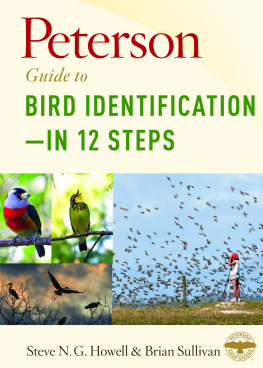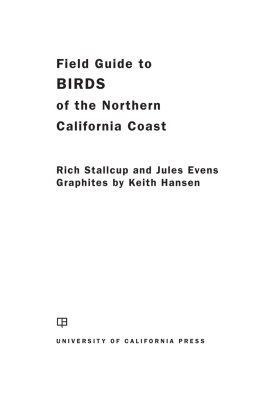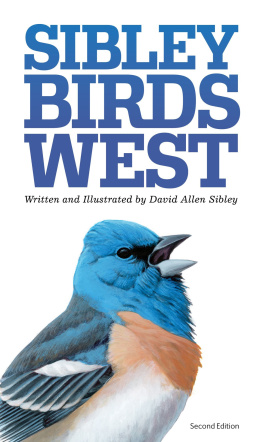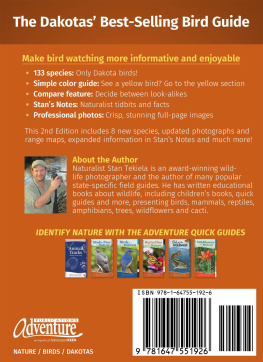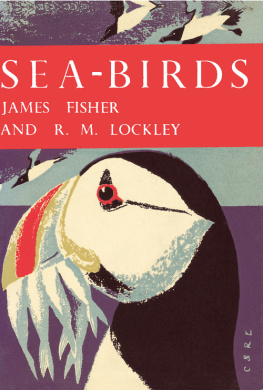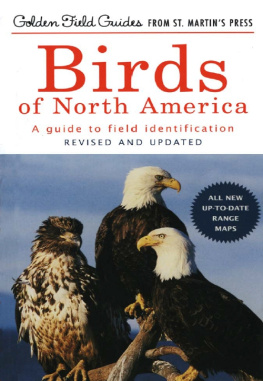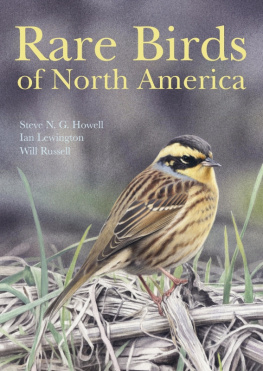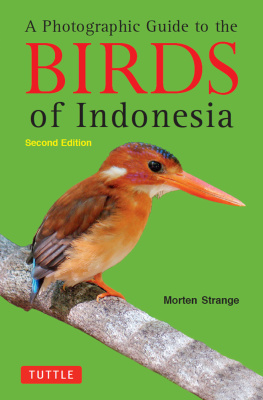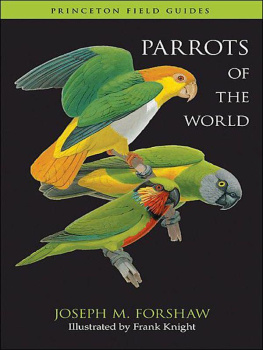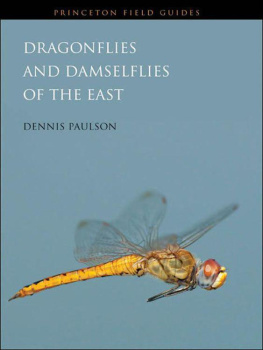Petrels, Albatrosses, and
Storm-Petrels of North America

Petrels, Albatrosses, and Storm-Petrels of North America: A Photographic Guide
Steve N. G. Howell
In collaboration with J. Brian Patteson,
Kate Sutherland,
and Debra L. Shearwater
PRINCETON UNIVERSITY PRESS PRINCETON AND OXFORD

Copyright 2012 Steve N. G. Howell
Requests for permission to reproduce material from this work should be sent to Permissions, Princeton University Press
Published by Princeton University Press,
41 William Street, Princeton, New Jersey 08540
In the United Kingdom: Princeton University Press,
6 Oxford Street, Woodstock, Oxfordshire OX20 1TW
press.princeton.edu
All Rights Reserved
Library of Congress Cataloging-in-Publication Data
Howell, Steve N. G.
Petrels, albatrosses, and storm-petrels of North America : a photographic guide / Steve N. G. Howell ; in collaboration with J. Brian Patteson, Kate Sutherland, and Debra L. Shearwater.
p. cm.
Includes index.
ISBN 978-0-691-14211-1 (cloth : alk. paper) 1. ProcellariidaeIdentification. 2. ProcellariidaePictorial works. I. Patteson, J. Brian. II. Shearwater, Debra. III.
Title.
QL696.P665H69 2012
598.4'2dc22 2011003912
British Library Cataloging-in-Publication Data is available
This book has been composed in Adobe Caslon and Trade Gothic
Printed on acid-free paper.
Printed in Singapore
1 0 9 8 7 6 5 4 3 2 1
Dedicated to David G. Ainley and the late Larry B. Spear
And to the memory of my brother, Chris (Dave) Howell (1947-2011)

The cure for anything is salt watersweat, tears, or the sea
Isak Dinesen

CONTENTS
LIST OF SPECIES COVERED
Petrels (P1P40)
LARGE SHEARWATERS
SMALL SHEARWATERS
ATLANTIC GADFLY PETRELS
PACIFIC GADFLY PETRELS
OTHER PETRELS
Albatrosses (A1A11)
NORTH PACIFIC ALBATROSSES
VAGRANT ALBATROSSES
Storm-Petrels (S1S19)
WHITE-RUMPED STORM-PETRELS
DARK-RUMPED STORM-PETRELS
DISTINCTIVE STORM-PETRELS
PREFACE
A nyone you meet on the street has probably heard of an albatross, but ask them about a Least Storm-Petrel or a Sooty Shearwaterthese birds might as well be from Mars. Two-thirds of the surface of our planet is water, yet its really another world with its own inhabitants. The oceans have long held grip on the human psyche, epitomizing the last wilderness, a watery world that can never be tamed: from the voyages of Captain Cook to Moby Dick, sea monsters, and the Bermuda Triangle, the oceans are rich in history and mystery. Yet most people have never been even a few miles offshore, let alone experienced the magic of the open ocean.
Unlike people, the worlds petrels, albatrosses, and storm-petrelscollectively termed tubenoses because their nostrils are encased in tube-like structures on the billare at home in the oceans. Tubenoses are among the most remarkable yet least known of all birds, living as they do in a constantly changing environment, in a world where people struggle even to stand without falling over. Largely because of logistical difficultiessuch as spending time at sea, or visiting remote islands where tubenoses breedour knowledge of tubenose identification, distribution, biology, and taxonomy lags well behind what we know of most landbirds. Even the breeding grounds of some locally common species remain unknown, such as of the Elliots Storm-Petrels that follow every tourist boat in the supposedly well-researched Galapagos Islands.
The ocean is increasingly recognized as the last birding frontier, and every trip offshore can produce surprises and new informationits exciting out there. More and more pelagic trips are being arranged from different parts of North America, and, together with bird observations gathered on research cruises, the frontiers are receding slowly. With more interest and more knowledge should come more understanding, more love, and a commitment to conserve ocean ecosystemsand thus ourselves.
Approximately 70 species of tubenoses (of 140+ species worldwide) occur or have occurred in North America, here defined as waters within 370 km (200 nautical miles) of land (or otherwise-agreed international border) from Alaska and Canada south to the Caribbean and Panama. Approximately reflects the dynamic taxonomic status of several groups, such as albatrosses and, especially, storm-petrels.
W. B. Alexander pioneered the modern seabird field guide with his Birds of the Ocean, published in 1928. Although rudimentary by todays standards, Alexanders work stood essentially alone for about 50 years, when a few other guides appeared, among them the charmingly titled A Field Guide to the Seabirds of Britain and the World (Tuck & Heinzel 1978). Other important works on seabirds, relating mainly to distribution and taxonomy, include L. M. Loomiss report on tubenoses collected on the 19051906 California Academy of Sciences expedition from California to the Galapagos Islands (Loomis 1918), Robert Cushman Murphys classic two-volume work, Oceanic Birds of South America (1936), and the Smithsonian Institutions report on seabirds in the central and eastern Pacific Ocean (King 1974a). The nascent pelagic dreams of birders were kindled with the publication in 1983 of Peter Harrisons classic Seabirds: An Identification Guide, followed in 1987 by his photographic guide (Harrison 1987). Pioneering regional guides included Rich Stallcups Ocean Birds of the Nearshore Pacific (1990). Together these books helped fuel growing numbers of pelagic trips off both coasts of North America. For those curious about how seabirding developed in North America, I recommend the article A Brief History of Pelagic Birding in North America (Shearwater 2004). For those with a deeper interest in tubenoses I also recommend recent monographs by John Warham on the petrels (Warham 1990, 1996) and by W.L.N. Tickell on the albatrosses (Tickell 2000). Other recent works include Brookes (2004) family guide to the Procellariiformes, but there is still no good modern identification guide to the worlds tubenoses.
Despite a growing interest by birders and ongoing research by various scientists, a modern-style identification guide for North American seabirds has also been lacking. This guide aims to help fill that gap, at least for tubenoses. There is still much to learn, however. For example, increasing conservation interest in Black-footed and Stellers albatrosses has not been paralleled by simple studies to establish the plumage sequences of these birds. If even a fraction of the budget spent on bureaucratic oversight of conservation efforts were spent on identification studies, the seasonal at-sea distributions of different ages (and perhaps sexes) of these majestic but threatened species might be known, which could be of value to their conservation. And if we know so little of birds as grand and iconic as albatrosses, imagine what else remains to be learned. Thats part of the magic of pelagic birding, knowing that there is always so much more to see, to learn, to wonder about. I hope this guide helps synthesize present knowledge of tubenose identification while admitting that there are many more waves to crest before we have clear view of how to identify tubenoses at sea.
Next page

